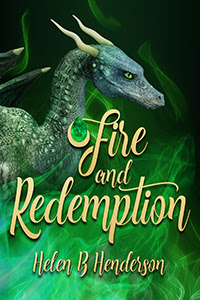 First person is the
First person is the I/we perspective.
Second person is the
you perspective.
Third person is the he/she/
it/they perspective.
Now the prompt was open-ended. We can answer it as a reader, as a writer, or by craft. As a reader I don't usually go for first person stories unless I am reading to a small child. As a writer of fantasy, there is too much backstory to have everything first person, especially since I have more than one characters point of view in a story. To avoid head-hopping, I keep to a single character's view in any given scene or chapter.
As both a reader and a writer, my preference is third person. But there is a caveat. As a writer I tend to do deep third. I like to pull the reader so far into the story that they are the character. In her article on Deep POV, Ann Laurel Kopchik states "Deep POV does not mean that the character bounces between third person limited and first person italicized thought." So why or why not use Deep Third all the time. One reason that immediately came to mind is it can be grueling on both the reader and the writer. Sometimes we have to step back for a breath.
Which then begs the question, why not just do first person. Alicia Rasley in The Power of Point of View gives a valid reason in a major difference between deep third and first person POV.
“This [deep third] is the most intense and intimate POV level, more intimate, in fact, then first-person narration.
Why? Because an effective first-person narrator can and probably will lie. Click to tweet.
In deep-immersion third person, the reader can assume that what’s reported is the deepest of personal truth, at least as far as the character knows.”
It's a hop and there are other posts on the topic. ~till next time, Helen


















I'm with you on third person deep POV for reading and writing. You give some great examples in the post.
ReplyDelete